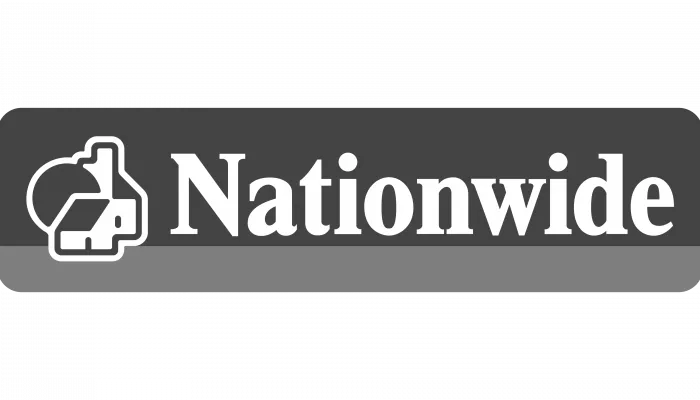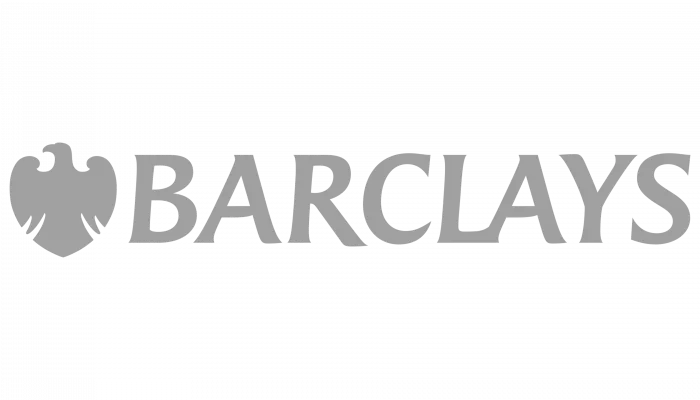It’s been a while since (the then) Chancellor George Osborn announced changes to the way Buy to Let properties are taxed, and although he is long gone, his legacy is about to come to fruition.
Anyone who pays high rate tax and receives rental income from a second home, will find the historic tax advantages currently available being phased out by 2020.
Under current rules, private landlords are entitled to claim tax relief back on mortgage interest at the rate they pay income tax – 20% for a basic rate taxpayer and up to 45% cent for a top rate tax payer.
For example, a landlord with an interest-only buy to let mortgage paying £1,000 a month can claim up to £450 of it back from the government in tax relief. Under the new rules this will reduce to just £200 by 2020.
The solution for some seems to be to set up a limited company within which to purchase the buy to lets. This enables the landlord to claim the costs of running the ‘buy-to-let business’ as they would any other 'allowable expense', effectively writing off the cost of mortgage payments, wear and tear, maintenance, letting agents' fees and other costs.
If you want to withdraw money from the company (i.e. the rent), you can pay yourself a dividend, which is taxable at the normal rate you pay tax on.
Owning any limited company means you pay corporation tax on any profit, but the good news is that the corporation tax rate of 20% is due to fall to 18 % by 2020.
If you already own property and you are tempted to transfer it to a limited company, Stamp Duty is payable on the value of the property and there could also be a capital gains tax bill. I would suggest speaking to an Accountant before deciding if it’s the right thing for your particular circumstances.
More and more lenders are allowing Limited Company buy to let’s and although the rates are little higher than other Buy to Let rates, they remain competitive.
Related Blog articles:
- How much Deposit do you need for a Buy to Let Mortgage?
- Why do people Buy to Let?
- What is a Buy to Let Mortgage?
For more information speak to a mortgage adviser on 01628 507477 or contact us .
Recent posts

Here are the lowest fixed mortgage rates of the week, available to first-time buyers, home movers, buy-to-let, and those remortgaging.
Call us for more information: 01628 507477 or email: team@mortgagerequired.com.

Just because the Bank of England decides to reduce the base rate, this doesn't automatically mean that your mortgage rate will go down.
Autumn Budget 2025: A Summary
22 days ago

Chancellor, Rachel Reeves, has delivered the Autumn 2025 budget. We have summarised the government's plans for tax and spending.
Renters' Rights Act
14 Nov 2025

The Renter’s Rights Bill became law at the end of October, which means it has been signed off by the King, and it is now the Renters’ Rights Act. Despite this becoming law, these changes are likely to start changing within the next six months, with the aim of being fully implemented throughout 2026 and into 2027.

A welcome change in school is coming as financial literacy is due to become compulsory in schools in England.
The Government has announced that as part of the new national curriculum, children in primary and secondary education will be required to learn about budgeting, compound interest, managing money, and mortgages.
The top 10 most beautiful villages in the world
24 Oct 2025

Forbes has published a global ranking of stunning locations and one popular picturesque corner of the UK has nabbed top spot.

Over three years after the Mini-Budget took place, we look at what the mortgage market looks like now, showing the difference in mortgage repayments.

The government has announced plans to make buying or selling a home cheaper and quicker with what is being called the “biggest shake-up to the homebuying system in this country’s history.”


















